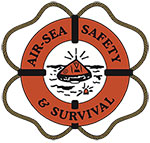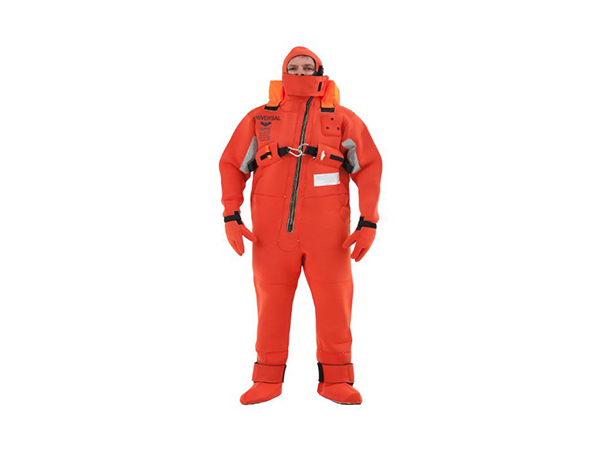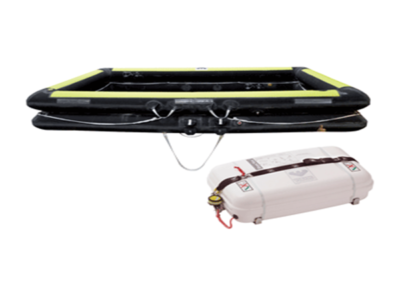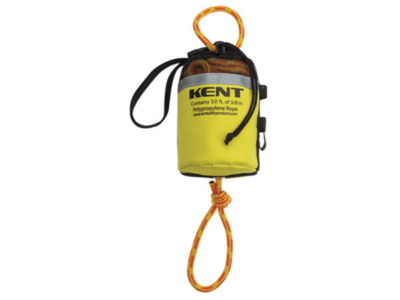35+ years of unsurpassed quality and service
- You cannot add "Kent Type I Commercial Children's Life Jacket" to the cart because the product is out of stock.
USCG SOLAS Immersion Suits
$395.00 – $410.00
Viking USCG SOLAS immersion suits use high-quality materials for great thermal protective performance. Each suit is also equipped with an integrated buoyancy system. Immersion suits greatly increase your chance of survival at sea.
USCG and SOLAS Approved.
Adult Small: 90-220 lbs and 55 to 67 inches in height
(40-100kg) (140-170cm)
Adult Universal: 110-330 lbs and 59 to 79 inches in height
(50-150kg) (150-200cm)
Adult Oversize: 220-375 lbs and 67-87 inches in height
(100-170kg) (170-220cm)
USCG SOLAS Immersion suit inspections and leak testing are available https://airseasafety.net/immersion-suit-services/
Description
USCG SOLAS Immersion Suits
USCG SOLAS immersion suits are available in adult small, universal, and jumbo sizes.
Key features include extended zippers for comfort and minimal water ingress, detachable gloves to ease donning and reinforced anti-slip soles for durability and safety.
More key features:
- Durable flame retardant neoprene with good elasticity for a perfect fit
- Integrated buoyancy module – designed for use without a lifejacket
- Fixed neoprene hood
- Fixed gloves with straps for easy adjustment
- Neoprene boots with rubber soles
- Airtight packaging available
- Hook and loop intake at ankle
- Lifting becket and buddy line included
- Option for emergency light
USCG SOLAS Immersion suit inspections and leak testing are available
https://airseasafety.net/immersion-suit-services/
https://www.dco.uscg.mil/Portals/9/DCO%20Documents/5p/5ps/NVIC/2008/NVIC%2001-08.pdf
Great info from the SAR Task Force:
Cold Water
What is it? It is difficult even for an expert to define. It is estimated to be around and under the temperature of 70 degrees. However, this will vary in each case due to the specific circumstances and physical condition of the person involved.
What Happens In Cold Water?
Many of the fatal boating accidents occur in the “out-of-season” months when the water is cold. What happens to the body when suddenly plunged into cold water?
The first hazards to contend with are panic and shock. The initial shock can place severe strain on the body, producing instant cardiac arrest, as happened to a 15 year old scout in the month of March in Pennsylvania several years ago.
Survivors of cold water accidents have reported the breath driven from them on first impact with the water. Should your face be in the water during that first involuntary gasp for breath, it may well be water rather than air. Total disorientation may occur after cold water immersion. Persons have reported “thrashing helplessly in the water” for thirty seconds or more until they were able to get their bearings.
Immersion in cold water can quickly numb the extremities to the point of uselessness. Cold hands cannot fasten the straps of a lifejacket, grasp a thrown rescue line, or hold onto an over-turned boat. Within minutes, severe pain clouds rational thought. And, finally, hypothermia (exposure) sets in, and without rescue and proper first aid treatment, unconsciousness and death. We all recall the incident in which the airliner went down in the dead of winter in the water in Washington, D.C. several years ago. The vivid video of the rescue attempts and those that died due to hypothermia is not easily forgotten.
Normal body temperature of course, is 98.6. Shivering and the sensation of cold can begin when the body temperature lowers to approximately 96.5. Amnesia can begin to set in at approximately 94, unconsciousness at 86 and death at approximately 79 degrees.
Step by Step Immersion Suit Donning Instructions:
- Remove hood and footwear
- Don the suit
- Put on the hood
- Zip up front zipper
- Tighten the foot and wrist straps
- If lifting becket is provided, fit the D-ring into snaphook
- If dark, switch on emergency light.
- Jump into the water feet first
- Turn onto your back




